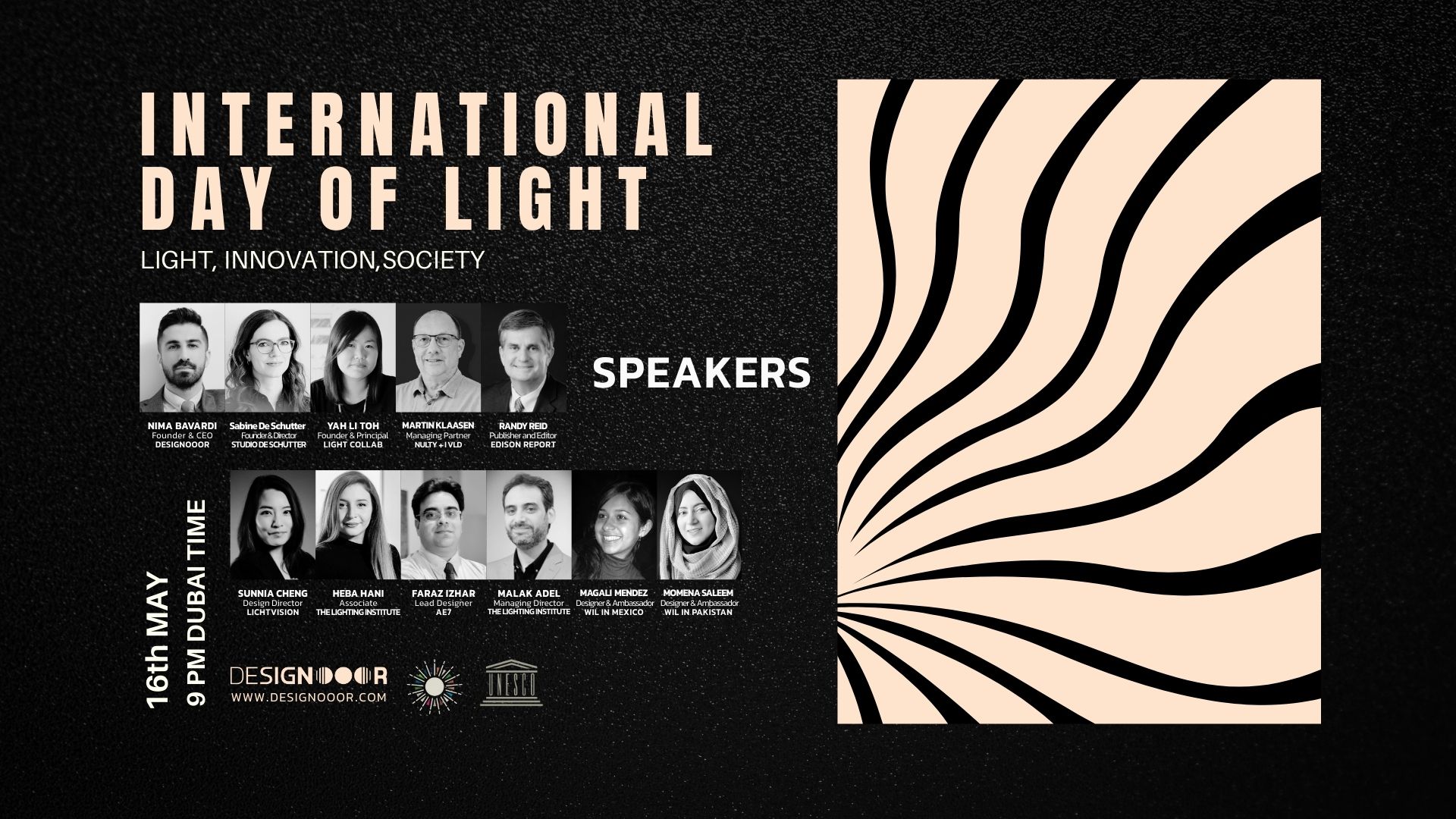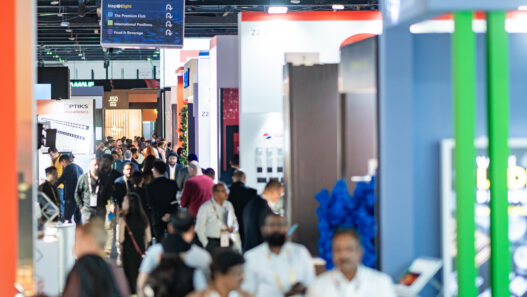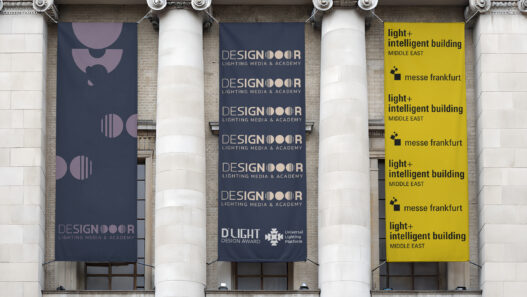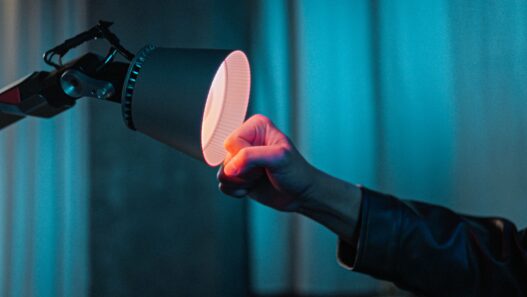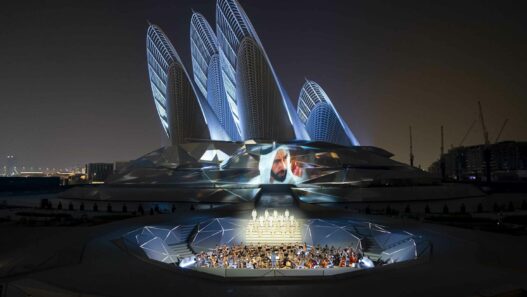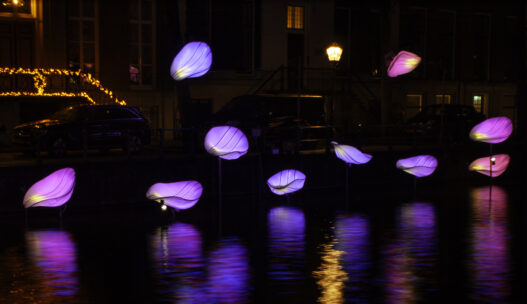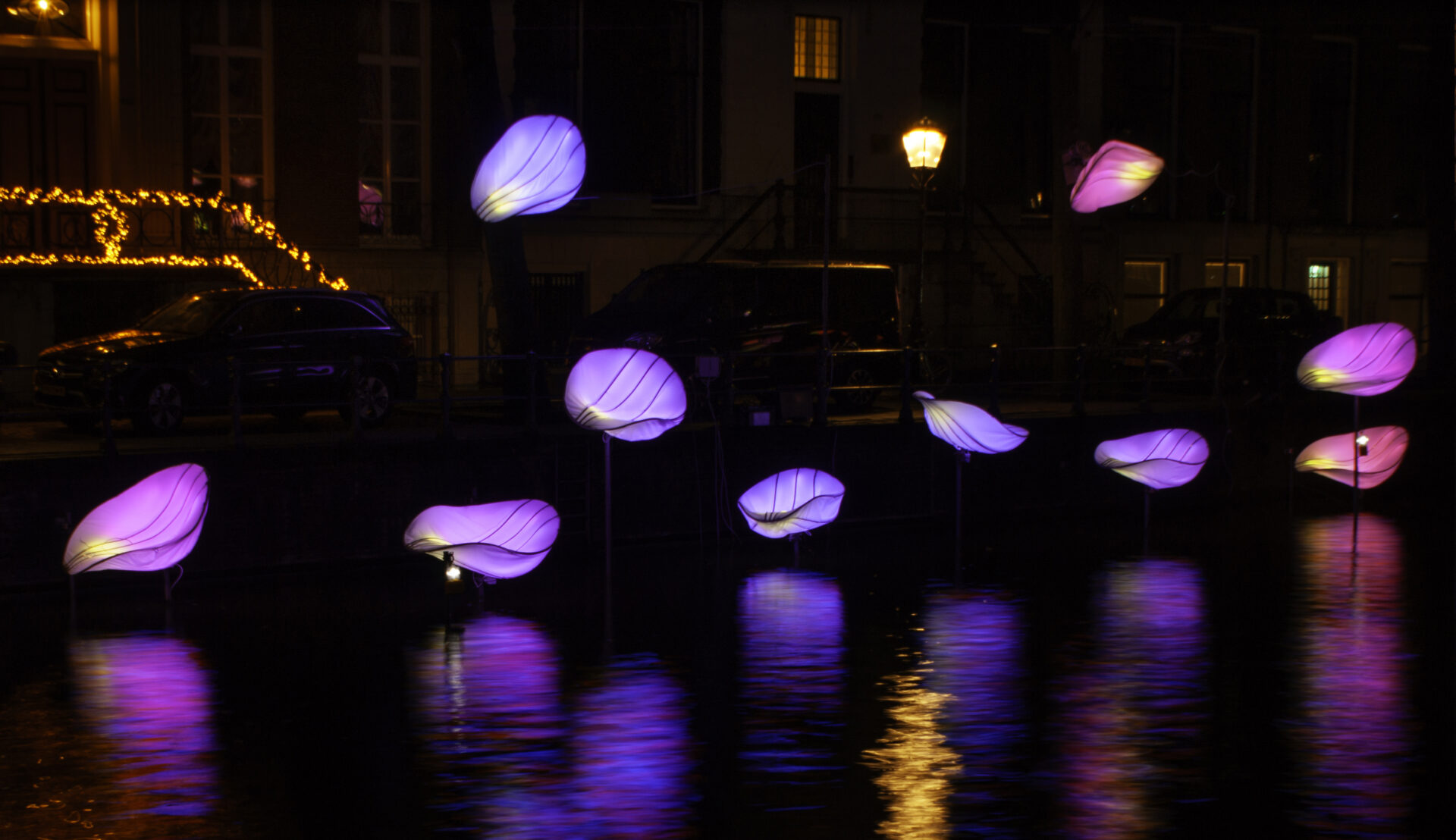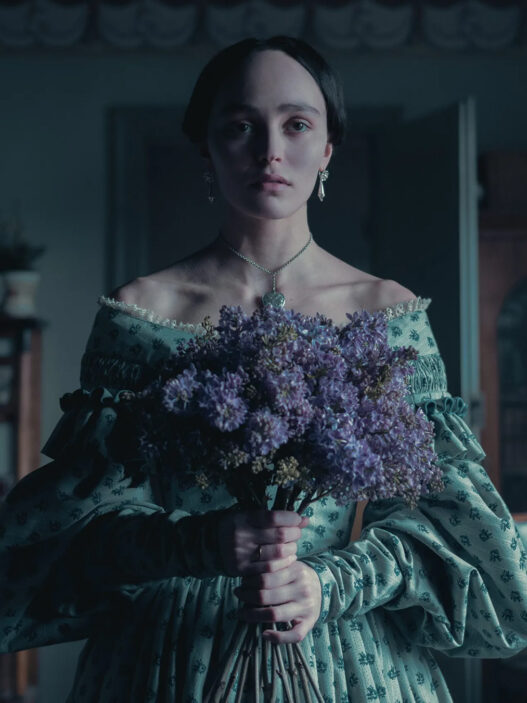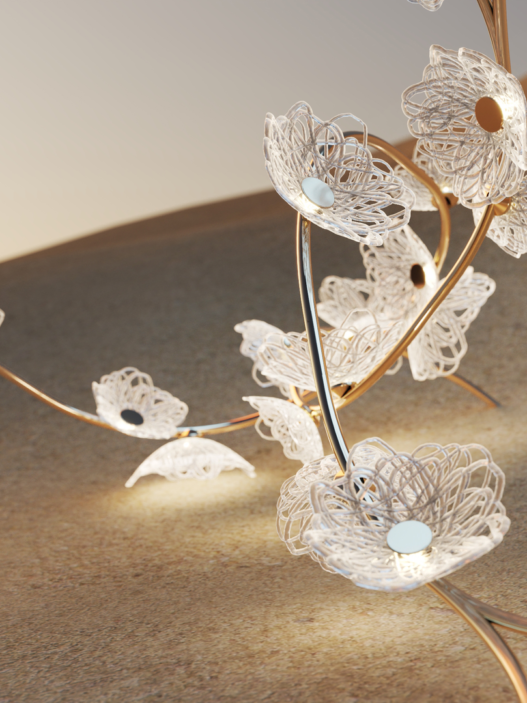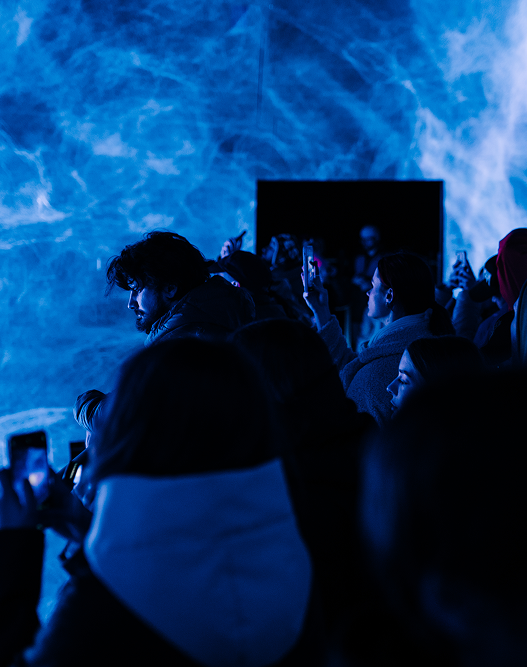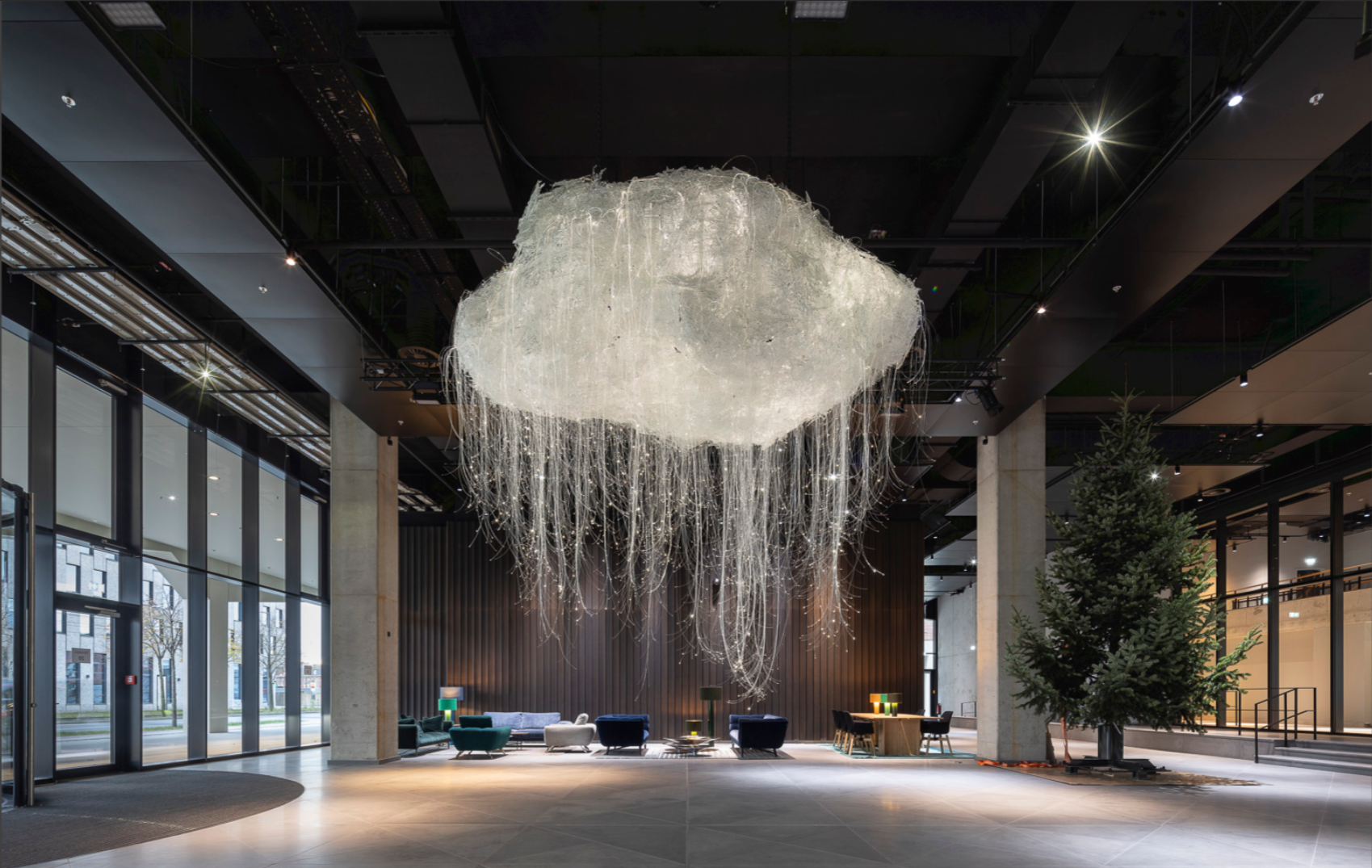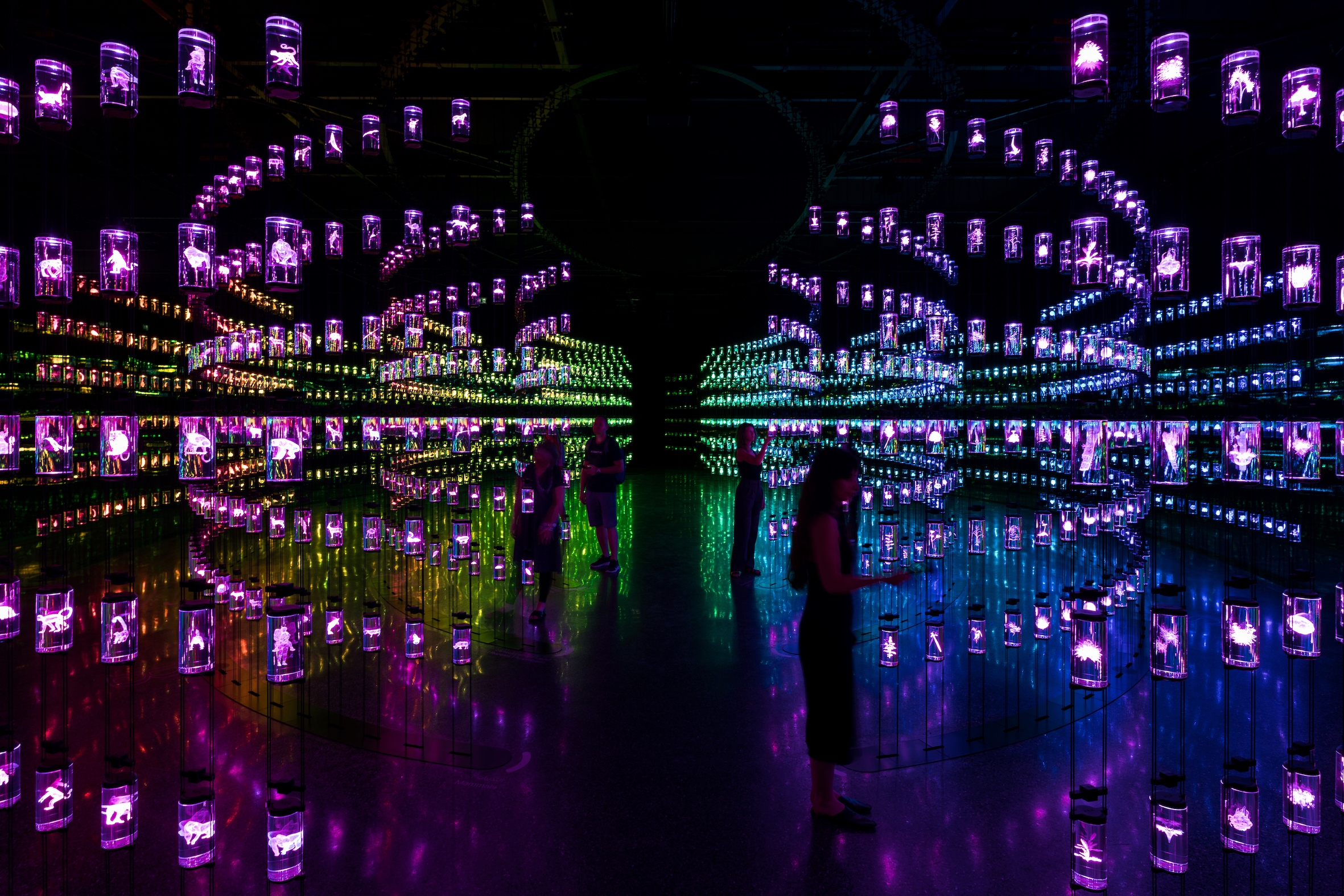Whispers Beneath a Shifting Mirror
There is something disarmingly human about In Bloom. The installation occupies the water’s surface with a quiet, deliberate grace, glowing petals suspended in air as if caught between the stillness of reflection and the pull of transformation. Each illuminated form is light yet anchored, delicate yet intentional, behaving like a memory that refuses to fade. What might have been a simple play of color and texture unfolds into a meditation on impermanence, a soft choreography of rebirth taking shape in the cold stillness of a winter night.
The designer, Wilhelmusvlug, approaches light not as decoration but as a sculptural material, alive, reactive, and in constant dialogue with its environment. The installation depends on the dialogue between the luminous and the liquid. Light travels across the rippled surface of the canal, distorting the outlines of each petal and extending them into painterly streaks of color. It is within this distortion that In Bloom finds its emotional register: the realization that beauty, in its truest sense, often resides in transition. The petals seem to hover between emergence and disappearance, and that fragile temporality feels deliberate. The lighting does not command the space, it listens to it, folding itself into the ambient reflections and ambient life of the city.
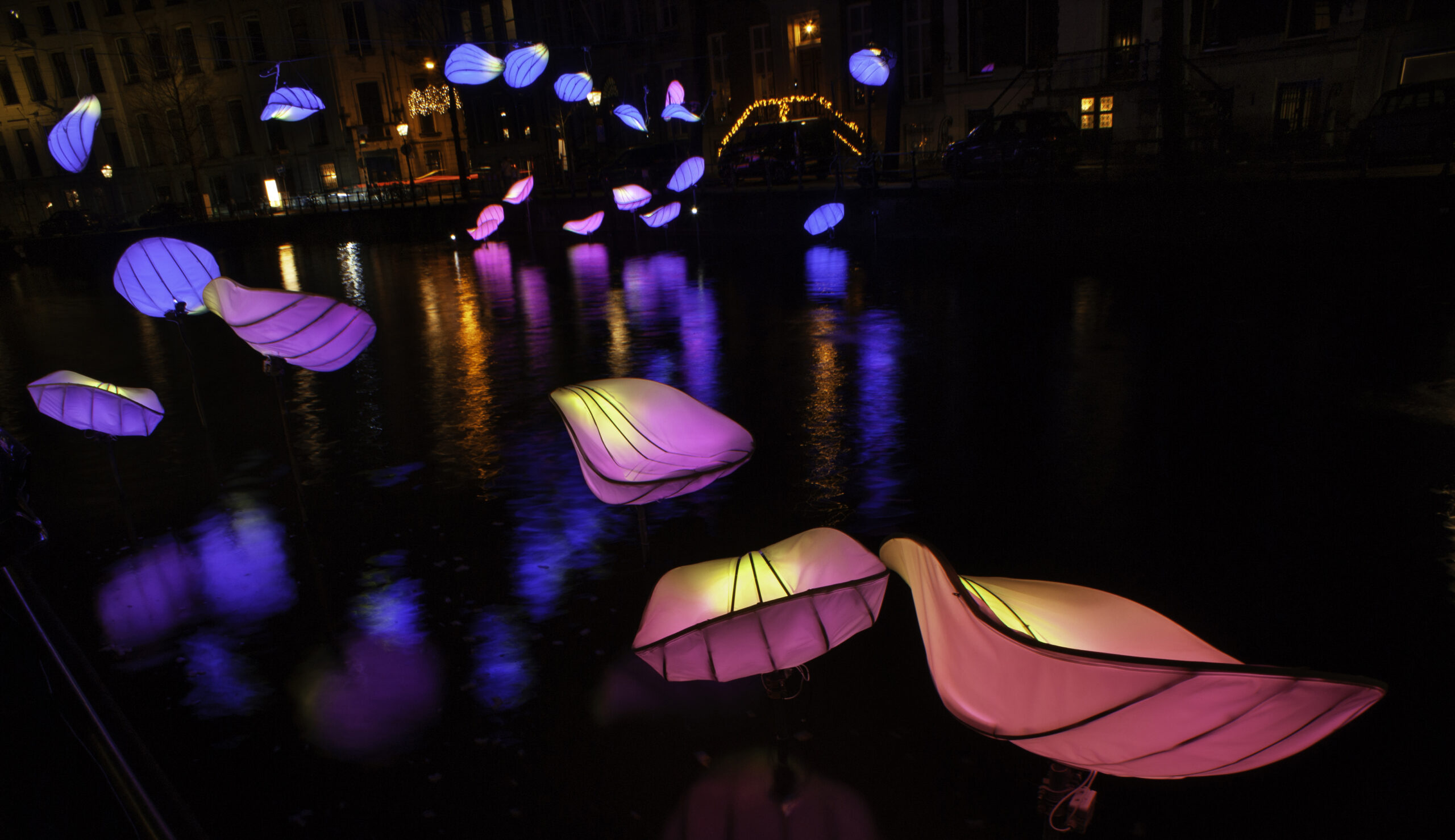
What gives this work its strength is the subtle calibration of hue and intensity. The palette moves through gradients of violet, pink, and azure, evoking the tenderness of twilight more than the spectacle of color. Each tone breathes, cycling slowly through shifts that feel organic rather than programmed. The use of saturation is disciplined; the luminance is never aggressive. This restraint turns light into language, allowing emotion to register without theatrics. It invites viewers to slow down, to witness, rather than consume. The technical precision behind this softness reveals an understanding that illumination is not merely about visibility but about resonance.
Before light entered this space, the canal was a dark ribbon of motionless water, silent and overlooked. The installation does not transform it into something unrecognizable, it reawakens it. The light folds the surface into a reflective skin, a medium where the city’s nightscape and the artwork merge. The water becomes a co-author, amplifying and distorting, creating a depth that cannot be achieved through structure alone. The rippling reflections destabilize the physical boundaries of the work; the petals seem both present and intangible, their forms dissolving into light that continually writes and erases itself. In this interplay, the installation transcends its own objecthood and becomes an experience suspended between perception and emotion.
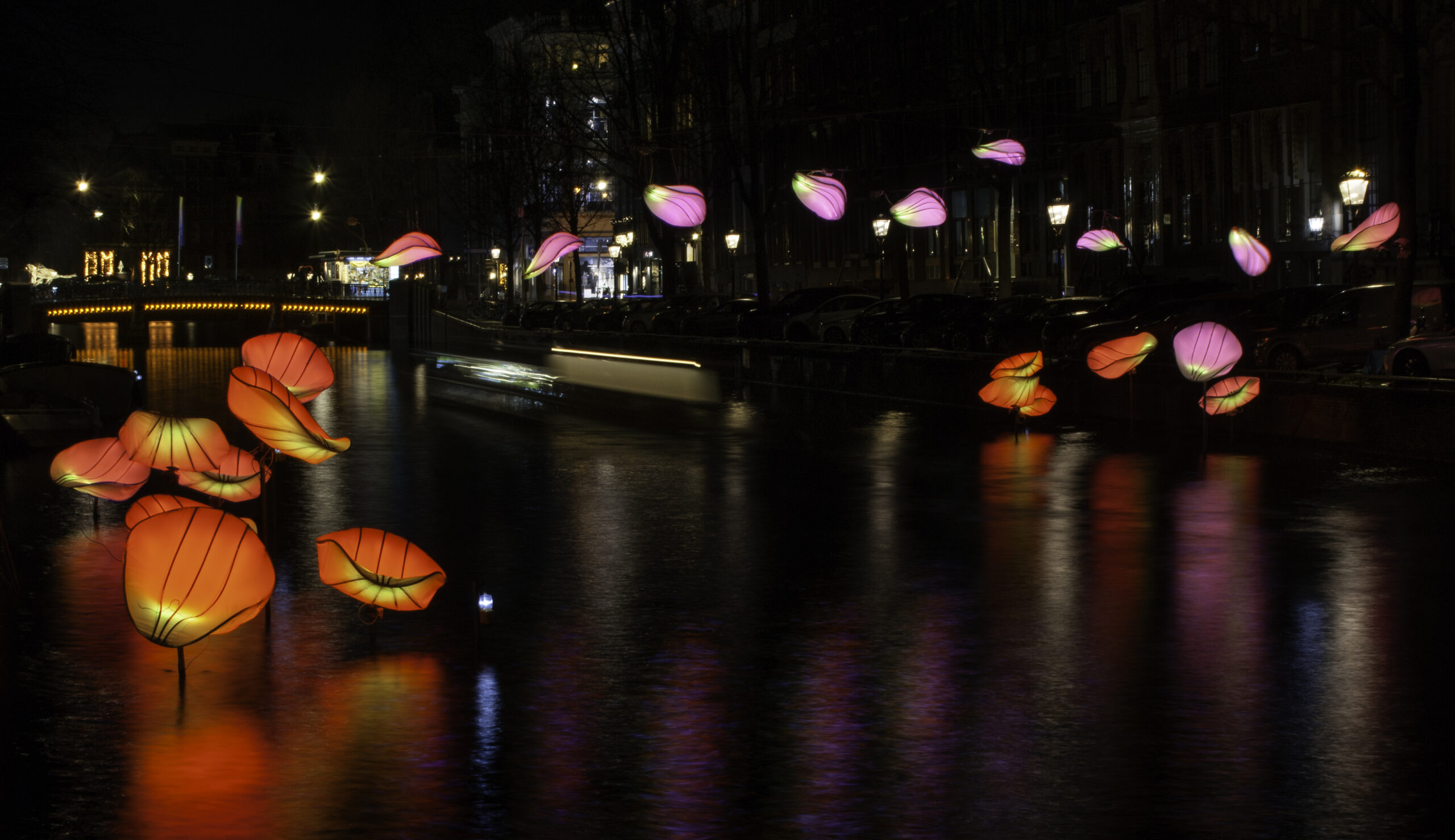
Conceptually, In Bloom engages with the ancient symbolism of flowers, their dual role as emblems of vitality and ephemerality. The installation embodies this duality without resorting to sentimentality. There is a clear narrative of regeneration, but it is expressed through atmosphere rather than didactic symbolism. The light does not illustrate the idea; it manifests it. The rhythm of illumination mirrors the breathing of nature, hinting at cycles of decay and renewal. There is something profoundly human in this gesture, a recognition that life’s most radiant moments are those most vulnerable to fading.
From a design standpoint, the integration between form, light source, and environmental context demonstrates a seasoned sensitivity to scale and proportion. The petals neither dominate nor vanish within the urban setting. Their floating arrangement feels intuitively spaced, maintaining balance within the natural rhythm of the waterway. The luminous surfaces appear weightless, yet the structure behind them is precise. This balance between fragility and engineering underscores the intelligence of the design, the invisible rigor that allows the illusion of spontaneity to exist.

The choice of placement, hovering above water, exposed to wind and reflection, introduces an element of unpredictability that reinforces the conceptual core of the piece. Each gust alters the composition, every ripple changes the reflection, and the work becomes a living organism shaped by its surroundings. In this sense, the lighting is not static design but dynamic ecology. It mirrors the diversity and flux of urban life, aligning with Wilhelmusvlug’s own remark about individuality and coexistence. Each glowing petal becomes a metaphor for human paths intersecting and diverging, luminous for a moment before continuing elsewhere.
Technically, In Bloom demonstrates a sophisticated understanding of optical perception. The translucency of the petal surfaces modulates light in a way that produces subtle gradations of tone rather than flat illumination. The diffused LED sources create a depth of glow that feels internal rather than projected, maintaining intimacy even in open space. This internality of light makes the installation feel inhabited by something organic, an energy that pulses quietly beneath the surface. The design’s success lies in how it translates this sensation of life into a tangible visual experience.

There is, however, an inherent risk in such poetic minimalism. When an installation relies so heavily on atmosphere, any imbalance, too much saturation, too rigid an animation, too mechanical a rhythm, can tip it toward cliché. In Bloom narrowly escapes that danger through its self-awareness. The work avoids spectacle; it refuses the easy seduction of brightness. Yet it occasionally risks emotional overexposure, the romantic hues verge on sentimentality in moments when the reflections intensify. Still, these brief lapses feel human rather than technical, as if the piece itself is reminding us that perfection is not the point of beauty.
Ultimately, the success of In Bloom lies not in its visual charm but in its capacity to reframe perception. It shifts the act of seeing from observation to contemplation. In the quiet hum of colored light against dark water, viewers encounter their own transience mirrored back at them. The installation becomes less about flowers and more about time, about how light gives shape to memory, how beauty and loss coexist in the same shimmer. Wilhelmusvlug’s work asks nothing more than for its audience to look, and in looking, to remember that illumination is not only a condition of sight but an expression of being.
